Cesium Formate (HCOOCs) Powder Description:
Cesium formate solutions (such as cesium formate brine) are clear brine of high density and low viscosity, and are useful as drilling, completion, intervention and suspension fluids for oil and gas fields in Wells and reservoirs. Cesium formate is quite useful in HPHT (high pressure and high temperature) drilling locations.
Cesium Formate (HCOOCs) Powder Specifications:
|
Properties (Theoretical)
|
|
Compound Formula
|
HCOOCs
|
|
Molecular Weight
|
177.92
|
|
Appearance
|
White powder
|
|
Melting Point
|
50℃
|
|
Boiling Point
|
263℃
|
|
Density
|
1.7-2.4 g/cm3
|
|
Solubility
|
very soluble H2O
|
Cesium Formate (HCOOCs) Powder Safety Information:
|
Safety Information according to GHS
|
|
Hazard Codes
|
Xi,Xn
|
|
Risk Statements
|
36/37/38-68/22-48/22-36-22
|
|
Safety Statements
|
22-24/25-36/37/39-26-36/37
|
|
RIDADR
|
-
|
|
WGK Germany
|
3
|
|
Hazard Class
|
-
|
|
Packing Group
|
-
|
Cesium Formate (HCOOCs) Powder Applications:
Cesium formate can be used in drilling fluids for oil exploration.
Cesium Formate (HCOOCs) Powder Packaging:
Our Cesium Formate (HCOOCs) Powder is stored in a cool, dry, well-ventilated warehouse and will be kept sealed in a tightly closed container. The storage area shall be equipped with suitable materials to accommodate leaks. It will be carefully handled during storage and transportation to preserve the quality of our product in its original condition. It will be packed in vacuum packing in carton or iron drum.
Cesium Formate (HCOOCs) Powder FAQs
Q1. What is Cesium Formate Powder?
Cesium formate (HCOOCs) powder is a chemical compound consisting of cesium ions and formate ions. It is commonly used in the oil and gas industry, particularly in drilling and completion fluids.
Q2. How should Cesium Formate Powder be stored?
Store in a cool, dry place, in a tightly sealed container to prevent moisture absorption. Keep away from incompatible substances and follow all storage guidelines provided by the manufacturer.
Q3. Is Cesium Formate Powder safe to handle?
Cesium formate is generally considered safe when handled properly. However, like all chemicals, it should be handled with care, using appropriate safety measures to avoid ingestion, inhalation, or prolonged skin contact.
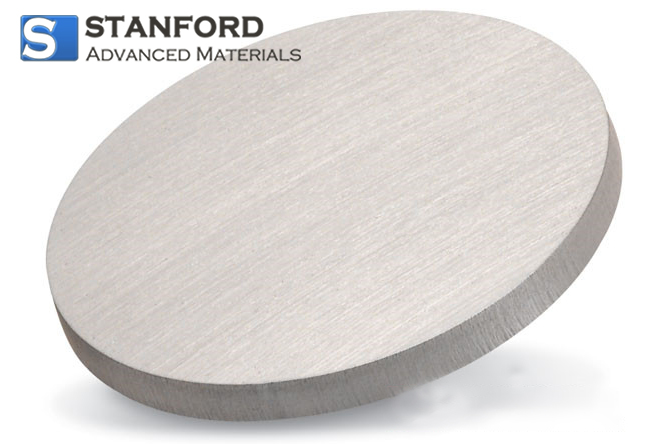


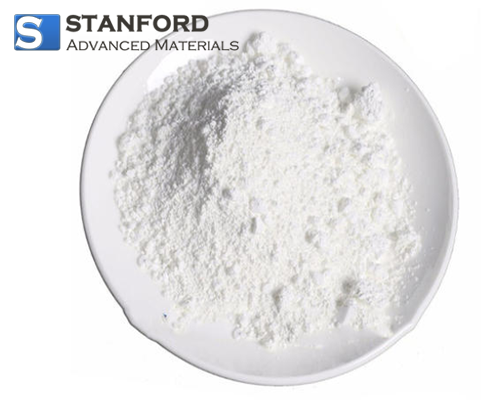
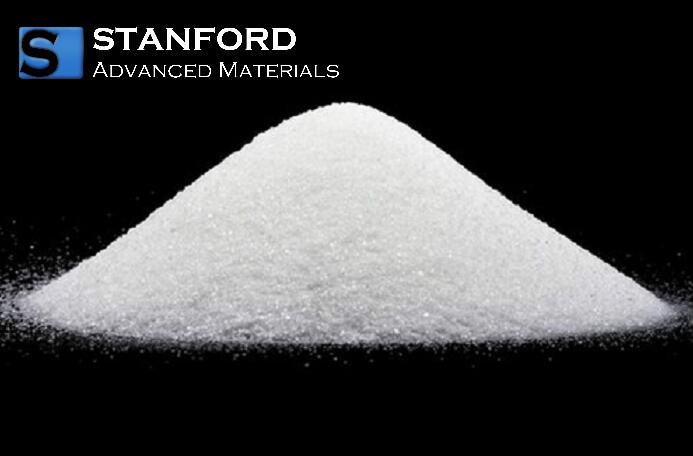
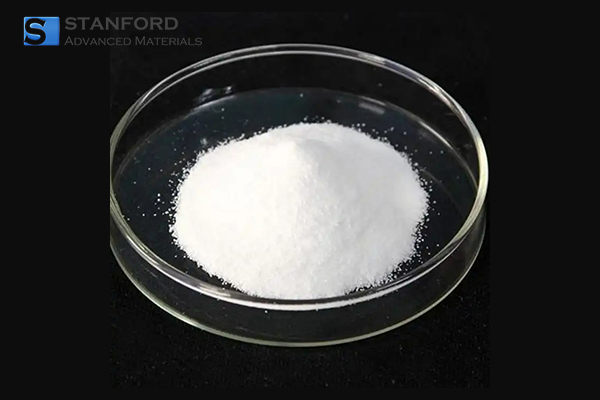
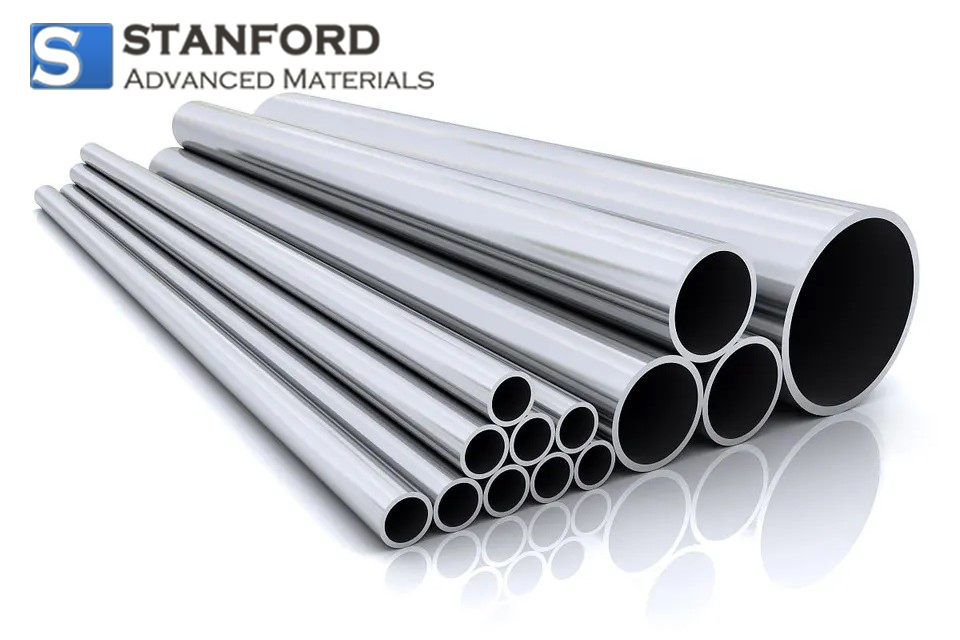


 Powder.jpg)